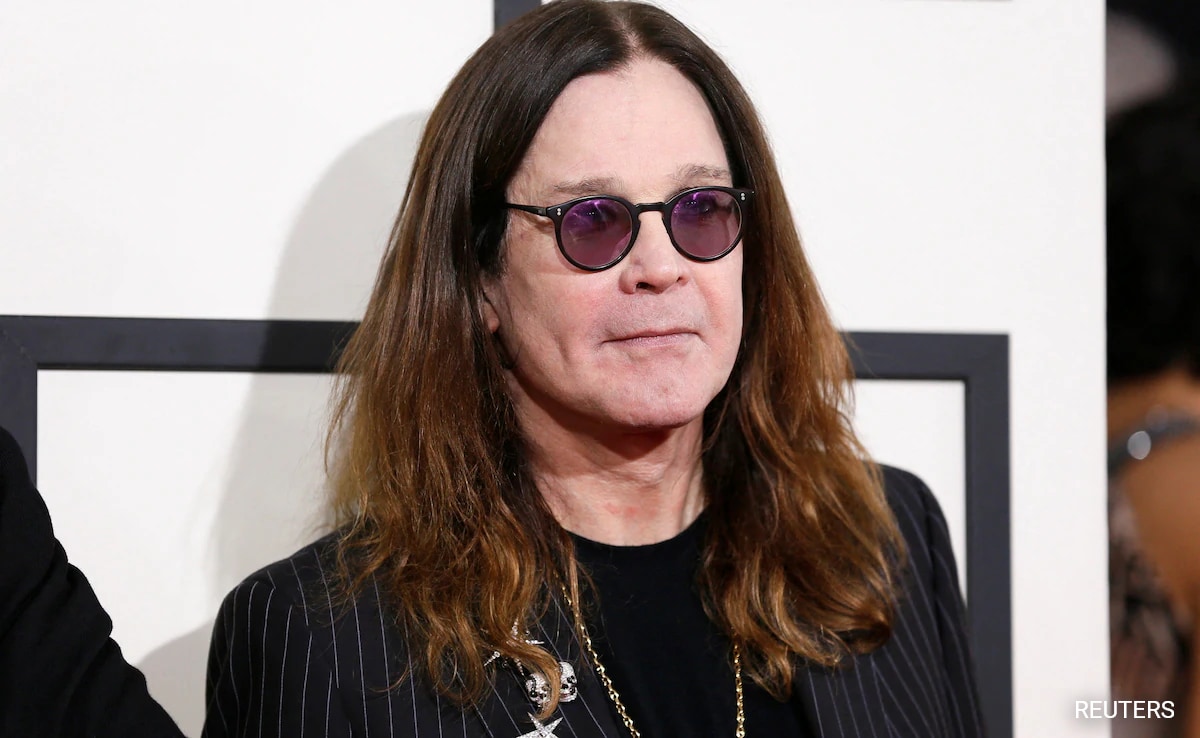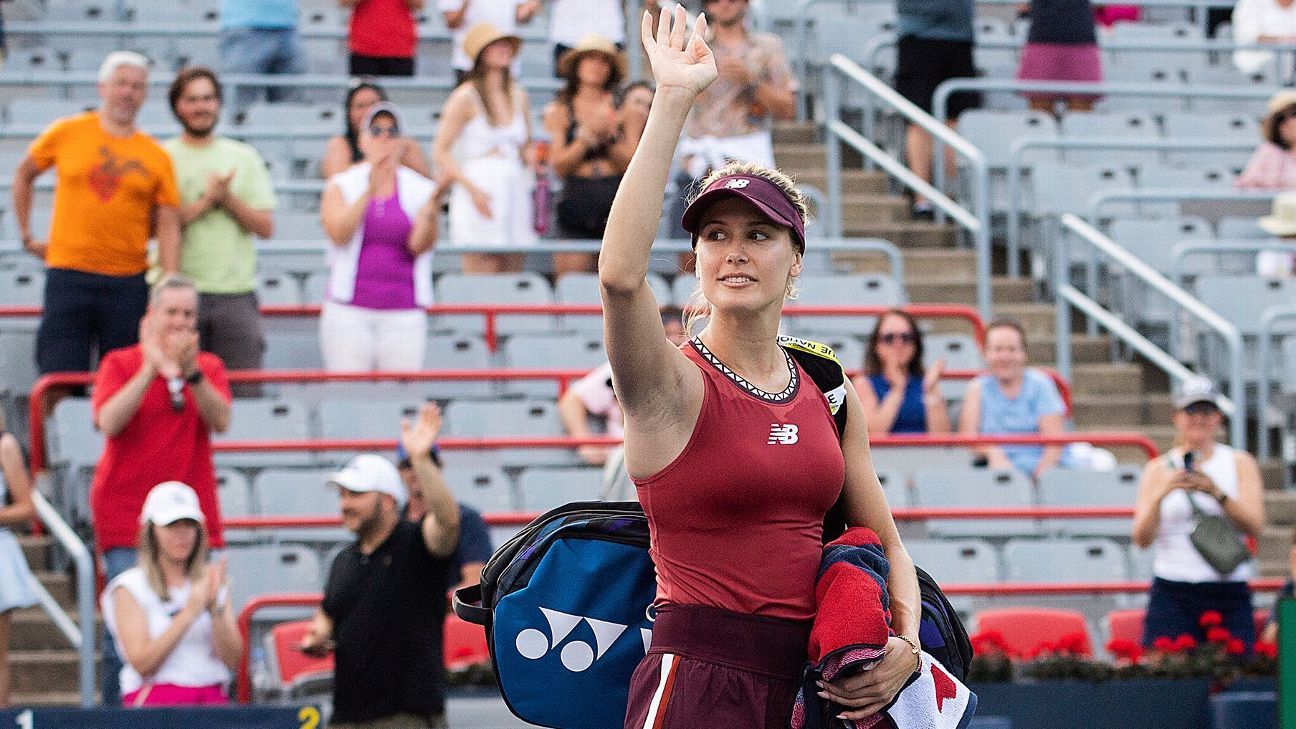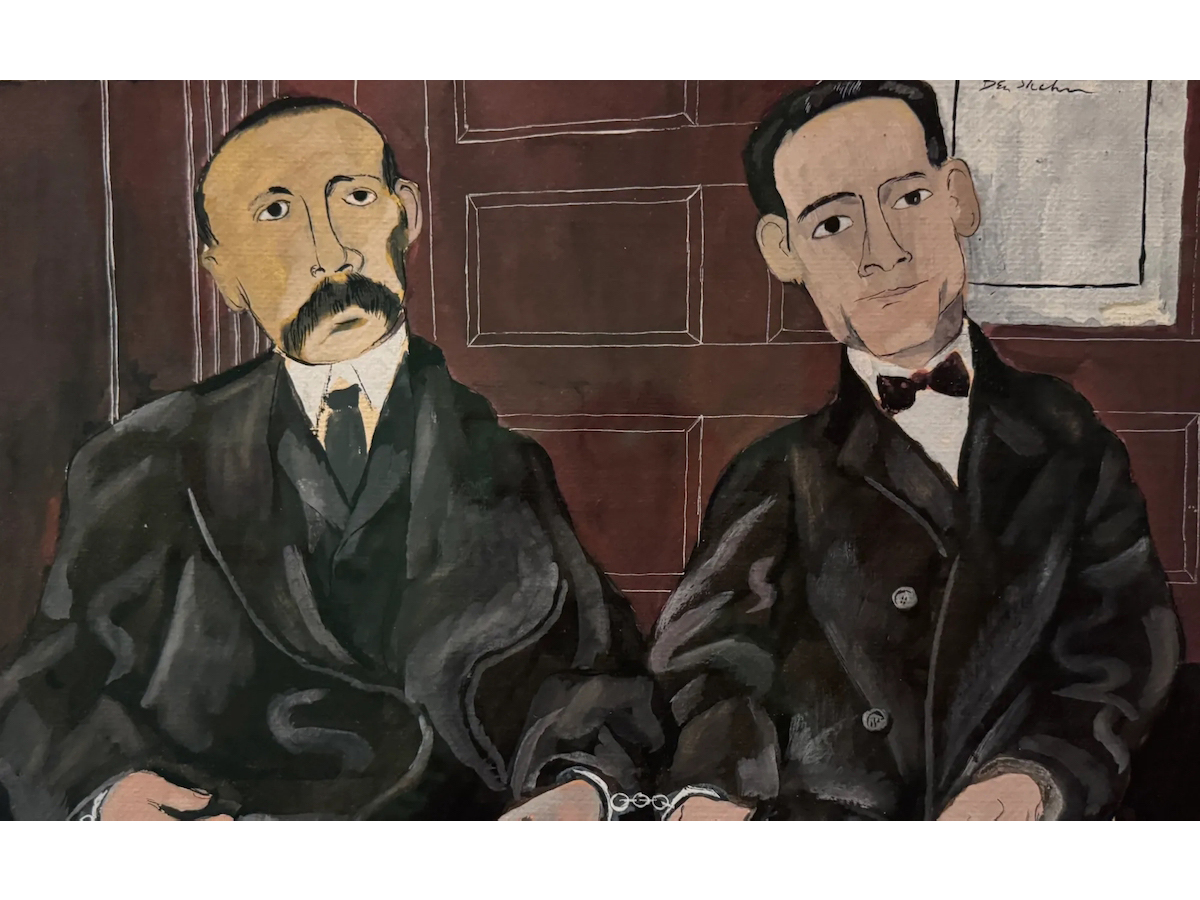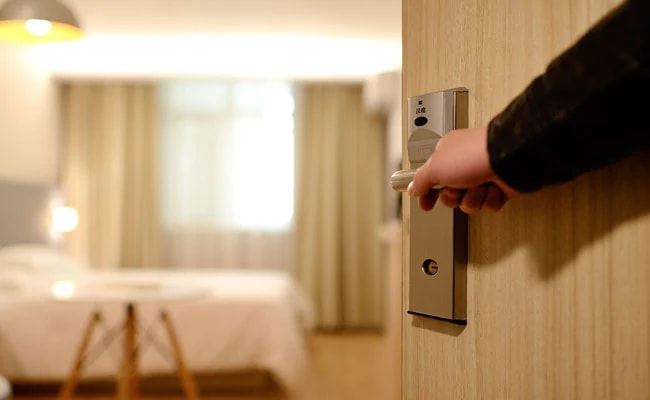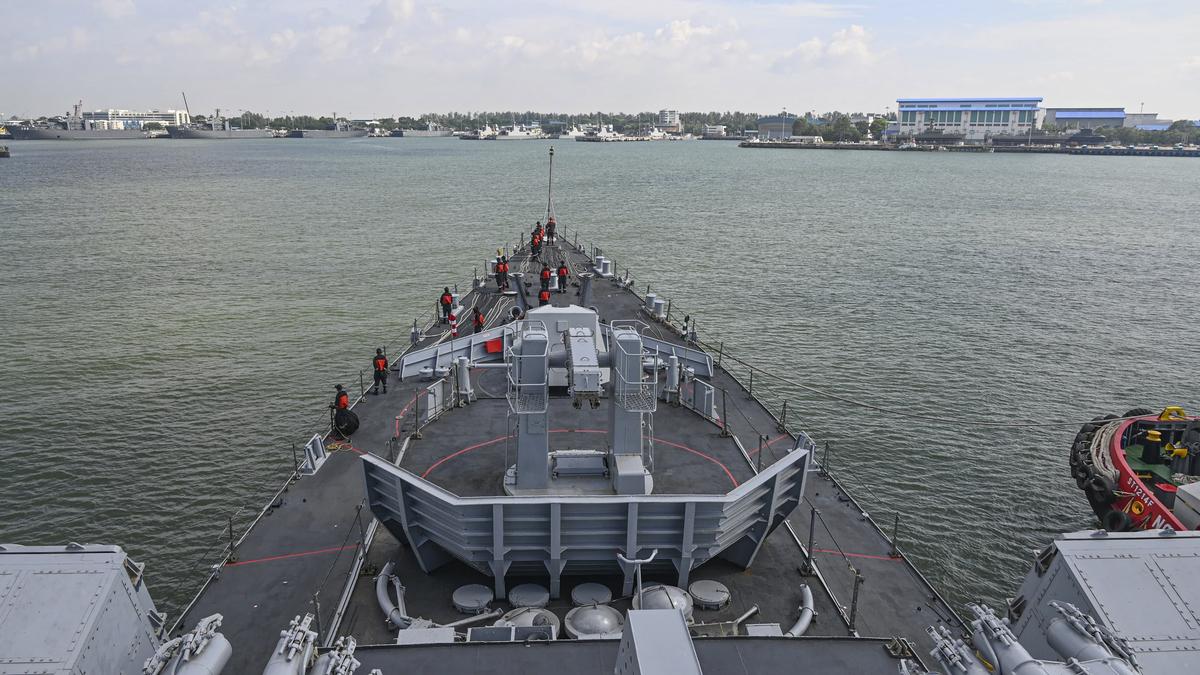At Xi’an Famous, Our Success Comes From Sticking to Tradition
Jason Wang and his father, David Shi, combine their father-son dynamic into beautiful form at Xi’an Foods, one of the first major businesses to offer hand-pulled noodles in New York City. Pulling inspiration from the family’s ancestral home of Xi’an, the New York duo opened the first location in Flushing, Queens, to the gratitude of […]


Jason Wang and his father, David Shi, combine their father-son dynamic into beautiful form at Xi’an Foods, one of the first major businesses to offer hand-pulled noodles in New York City. Pulling inspiration from the family’s ancestral home of Xi’an, the New York duo opened the first location in Flushing, Queens, to the gratitude of numerous Asian American immigrant families missing the flavors of home. Today, guests from all backgrounds are among the businesses’ millions of customers, who pile into more than 15 locations now spread across New York City.
Xi’an Famous Foods is very casual. It’s simple dishes, and the presentation is simple. On the one hand, it’s like that type of food, but on the other hand, it’s also not the easiest to make, especially things such as cold-skin or hand-pulled noodles.
We’re from Xi’an, the capital of Shaanxi Province in China. So as immigrants, we really do miss the food from home. Before 2005, my father, David Shi, was working in various American Chinese restaurants, mostly along the East Coast. I was getting started in college, and at this point, my dad thought, “Well, Jason’s in college. He’s off to take care of himself. I’m going to do something that’s personal to me, something I always wanted to do,” and that was to start an eatery.
He wasn’t sure how the food was going to be received. [The year] 2005 was an interesting time for Chinese cuisine, because that was around the time when people were emigrating from regions of China that were new to many New Yorkers. When we started, there were no [pantry products on] Amazon, no delivery service for Asian products or ingredients, even [for] things as simple as black rice vinegar. But at the same time, a lot of people were coming from places like coastal China, Fujian, and Wenzhou. There were more Northern Chinese folks from Northeastern parts of China. There were more Shanghainese speakers and folks from the Shanghai region, and regions of the country that previously didn’t see as much immigration to the U.S. That drove a lot of the growth in places like Flushing in Queens and in Chinatown in Manhattan.

I was away in my fall semester at Washington University in St. Louis, and my father decided to start selling bubble tea; he offered food on the side. He was doing hand-pulled noodles and hand-ripped noodles, Liang Pi cold-skin noodles, and spicy cumin lamb burgers. The food started selling better than the bubble tea.
The first location was pretty much sort of a hole-in-the-wall type of area in Queens, a bunch of food stalls that came out of the establishment restaurants. My dad didn’t really think about going outside of that area. But eventually he looked at his second location, in Flushing. That was how our expansion started.
He eventually opened a spot in the Golden Shopping Mall, that basement food court in Flushing. It was a hole-in-the-wall type of place during that time, too. It still exists, but it got renovated around 2017 or 2018, so it’s a very different place now than it was before.

The business got so popular, and eventually I started to help him. No one really gave us the guidelines. There was no playbook for this. I officially joined the company in 2009 after I graduated from college. Anthony Bourdain came in 2011. We expanded to where we are now because we’ve stuck to that tradition. We don’t have investments — we have zero investors right now. I think it’s a testament to the continued popularity of our food.
As we started opening more locations, we started thinking about a central kitchen. I looked at the Starbucks model, in which the company got a roasting plant early on. By our fourth or fifth location, in 2011, we opened our first central kitchen.
We started operating out of that central kitchen, which was about 5,000 square feet, and that helped grow our number of stores in the city. Our first location in the city was actually in Chinatown, then the East Village. Who would’ve thought we would need a ghost kitchen in 2005?
We were there for 10 years, right up to when the pandemic started, and our lease was up. It’s a place where I learned the ropes, and when we began to really recognize that there’s just so much demand from folks who aren’t in Chinatown, too. We were really encouraged by that, and Xi’an grew, eventually opening a Midtown location in 2013.


Some of our first write-ups in the food world were Chinese media saying, “Hey, you know, they’re serving these noodles that a lot of people who are from the region go over to eat because they want to taste their home.” That was like the theme back then. Fast-forward to now: Flushing has changed. All across New York right now, there are a lot of big brands. There’s a Fendi over there now. It’s different. We currently operate 16 locations — 15 Xi’an Famous Food institutions and one ghost kitchen. And even though the business has expanded, the drive and heart we started with still remain.
It’s a lot of new businesses doing similar cuisine now, corporate places that try to do similar things. It’s great to have selections, but things have become much more homogenized. I miss the creativity back in the day.
The focus of the business has remained the same. The mission has always been to do a good job, to serve good food, and to serve food that we would eat ourselves.
This interview has been edited and condensed for clarity.











